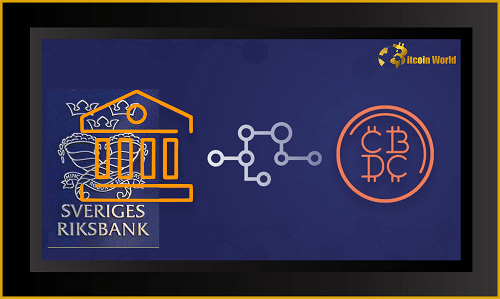South Korea’s utmost monetary organization, The Bank of Korea, has announced its studies on Central Bank Digital Currencies (CBDC). The survey shows that central banks across the world are accenting CBCDs Because of the latest up gradation in blockchain technology.
Nothing should be suggested investments or economic decisions. Enjoy the ride. We have to read an overview of CBDCs firstly to understand what these are.
These are digital currencies of the central bank. it’s not similar to Facebook’s Libra, but more closely related to China’s digital currency.
The data released in this article is an investigation of the Bank of Korea did to degree the attentiveness in this sector for central banks across the world.
Blockchain Advancements Executing CBDC Agenda
Monday (May 8, 2020), report released by the Bank of Korea disclosed that central banks all over the world are tremendous involvements in progressing their own associated CBDCs and few banks have already made specific growth.
“Overseas CBDC Progress Report” a report – attracts the global focus on CBDCs collaborating progress in the blockchain industry.
South Korea’s central banks report said that undertaken workouts and examined on the CBDC 14 central banks proposals from a plethora of jurisdictions and found that denied in the fiat currency utilization, and distributed ledger technology (DLT) accretion in salary adjustment methods are the main reasons leading the advancement of CBDCs.
An excerpt from the report reads:
“Most countries are investigating whether new future-oriented technologies can be applied beyond the centralized ledger management and account-based transactions that are currently applied to payment and settlement systems.”
Also, the report showed that central banks are analyzing and advancing two distinct types of CBDCs. Banks in France, Hong Kong, Thailand, Canada, Switzerland, and Singapore are concentrating on using their regional – support digital currencies for controlling big volumes. In other jurisdictions such as Norway, Sweden, China, and the U.K, the purpose is to use CBDCs for micropayments.
Many of these central banks are still in the pre states of study and advancement, China and Sweden have both effectively finished proof-of-concept and have continued to real-world testing. Similar to China, the Bank of Korea has released micropayments as the major aspect of wish for developing its own CBDC. South Korea’s central bank is also examining powering DLT forums such as Coda and Hyperledger Fabric.
Emphasis of Micropayments
While these accomplishments are outstanding for blockchain and for the crypto environment, micropayments are something that will have to be settled as time goes. Central banks are attempting to come out of this complication, but there are already a few resolutions on the market today that could figure out this matter also. Most especially, IOTA has respected itself as the micropayment way out the king and already started associating with appliances productions and the E.U for particular growths.
Similarly, proposals like IOTA could be utilized instead of these focused digital fiat resolutions, or they could openly be exchanged to pay for international micropayment programs everywhere in the world.
Central bank’s digital asset program is a pure way out for more digital currencies in the unfocused market to target the main flow. It would take place step by step as not possible at a time, but motivating people to switch from fiat to digital currencies will insist on the crypto economy after all.














